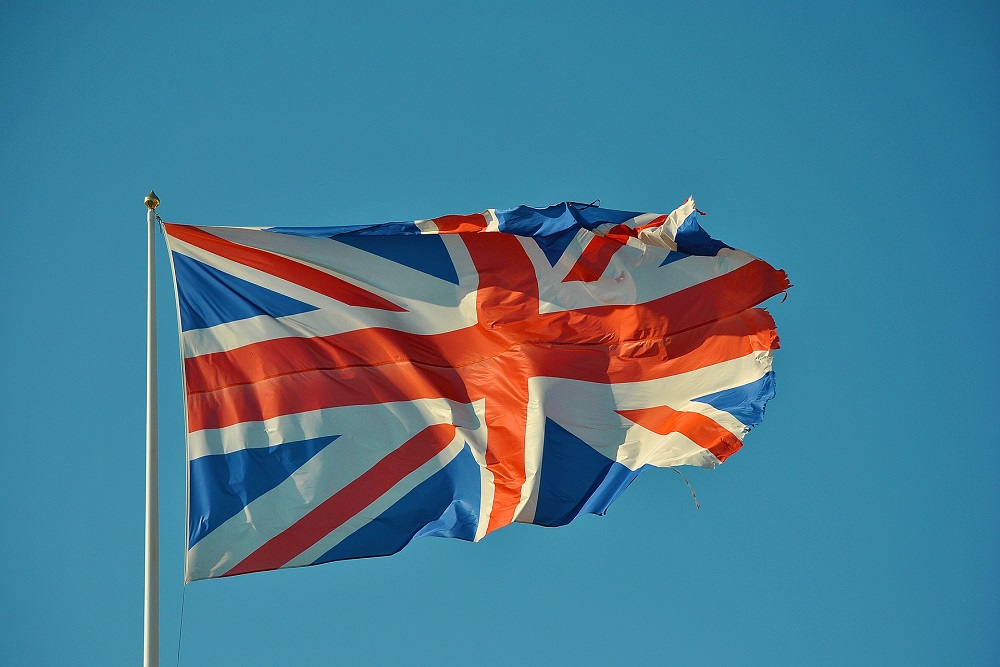Chandrayaan 2, India’s lunar spacecraft on its second phase is anticipated to reach the moon’s orbit on August 20.
According to K Sivan the chairman of the Indian Space Research Organization (ISRO), this mission’s goal is to get to the moon’s orbit, and later, on September 7, reach the lunar surface.
Chandrayaan-2 is a follow up of 2009’s Chandrayaan-1 that was instrumental in depicting the existence of hydroxyl or water on the moon.
Chandrayaan-2 was regarded as a prosperous operation after the liquid engine ran for twenty minutes.
In a span of two days, the spacecraft will exit the Earth’s orbit.
Chandrayaan 2 an innovative spacecraft
Chandrayaan 2, launched on July 22, is a spacecraft made up of three modules namely a Rover, a Lander, and an Orbiter.
A straightforward path is expected to be used by Chandrayaan 2 in its mission of getting to the lunar orbit.
Sivan attests that incredible expertise was incorporated because after Chandrayaan 2 was crafted, five maneuvers were undertaken.
Another maneuver is expected on August 14 that will be referred to as trans-lunar injection.
It will be instrumental in prompting Chandrayaan 2’s exit from Earth so that it can transgress towards the moon. After six days it is expected to have reached its destination.
ISRO attests that the procedures undertaken will be pivotal in prompting Chandrayaan 2 to get to the anticipated 100kmX100km orbit. Expressly, fifteen fundamental operations are expected until the ultimate mission of getting to the moon is realized.
Chandrayaan 2’s lunar orbit insertion
Upon arriving on the moon, Chandrayaan 2 will enact a lunar orbit insertion. These are details relayed by Sivan as this process will be instrumental in ensuring significant research development.
Additionally, various maneuvers are expected to be carried out in the moon as the ultimate objective is getting close to its south pole.
If the lander touches down successfully, India will become the fourth nation to successfully execute a soft landing on the moon, after the Soviet Union, the United States and China. An Israeli lander attempted the feat earlier this year but crashed into the lunar surface.
54-day lunar flight
The fact that India’s first soft lunar landing mission’s launch will coincide within a day of the 50th anniversary of the Apollo 11 lunar landing is completely coincidental.
The mission was originally targeted to launch in 2011 as a joint Indian-Russian venture, with the Russian Federal Space Agency, Roscosmos, providing the lunar Lander while the Indian Space Research Organisation (ISRO) provided the Orbiter and the Rover.
Prime Minister Narendra Modi said on August 1 that the two “greatest lessons” he learned from the Chandrayaan-II mission are “faith and fearlessness” and also announced a quiz competition whose winners will get an opportunity to visit Sriharikota to witness the moment the spacecraft will land on the moon in September.
Moon exploration has attracted distinctive players across the globe. For instance, NASA has asked students to be part of a 2024 mission intended at setting people to the moon.
Moreover, scientists have speculated that tardigrades might be the first life to thrive in the moon’s barren surface.







